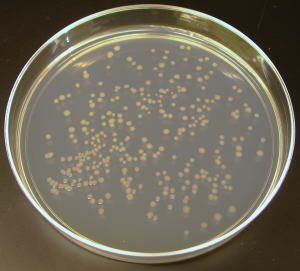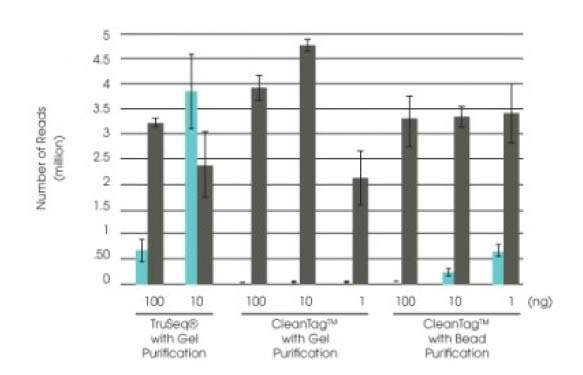Mammalian expression constructs for certain genes such as human c-KIT are notorious for undergoing frequent recombinations during cloning and transformation steps in molecular biology labs. Experts suggest that certain genes are “toxic” to bacteria thus leading to a situation in which recombined plasmids are favored. While the molecular mechanisms for this toxicity may be unclear, the end result is that efforts to amplify, subclone, mutate, or make derivative vectors often result in a new plasmid with unwanted sequence errors.

Online science discussion forums such as ResearchGate include a variety of strategies proposed by researchers experiencing this kind of plasmid instability. Suggestions include advice such as culturing the bacteria at room temperature rather than 37°C, culturing on plates rather than in flasks, using low copy number EPI400 competent cells, picking the small colonies rather then the large ones from the LB plate, replacing the ampicillin resistance cassette to prevent satellite colonies (so you can see the small colonies), or using a Gateway vector.
But which methods work best?
Here are our suggestions for working with unstable mammalian expression constructs:
1) Use only the original plasmid shipped from the supplier for transformation. Companies like GeneCopoeia (distributed by tebu-bio in Europe) can supply nearly any perfect sequence construct and will even amplify the plasmid for you so that you don’t have to re-order the same construct.
2) Use CopyCutter™ EPI400 competent cells for transformation. This low copy number strain will reduce the effects of exogenous genes on host cells. Other strains (e.g., 2T1 or DH5a, etc.) may also be used if EPI400 is unavailable, but the selection of the clones will be more challenging and time-consuming. The incubation and culturing temperature has to be controlled below 30°C in order to increase the plasmid stability in the host cells.
3) Positive monoclonal selection of the strains on LB plates is required before doing a larger scale culture. Yes, you do have to plate out the bacteria and pick single colonies.
4) Try to avoid frequent revival and passages (i.e. frequently diluting the bacteria and then re-culturing it at a certain ratio, e.g. 1:1000). This also means that your glycerol stocks can not be grown directly without monoclonal selection.
5) The slow-growth character of the cells hosting the proper plasmid may be utilized as a clone screening/selection feature. Pick the small colonies if you can tell them apart from the satellite colonies.



